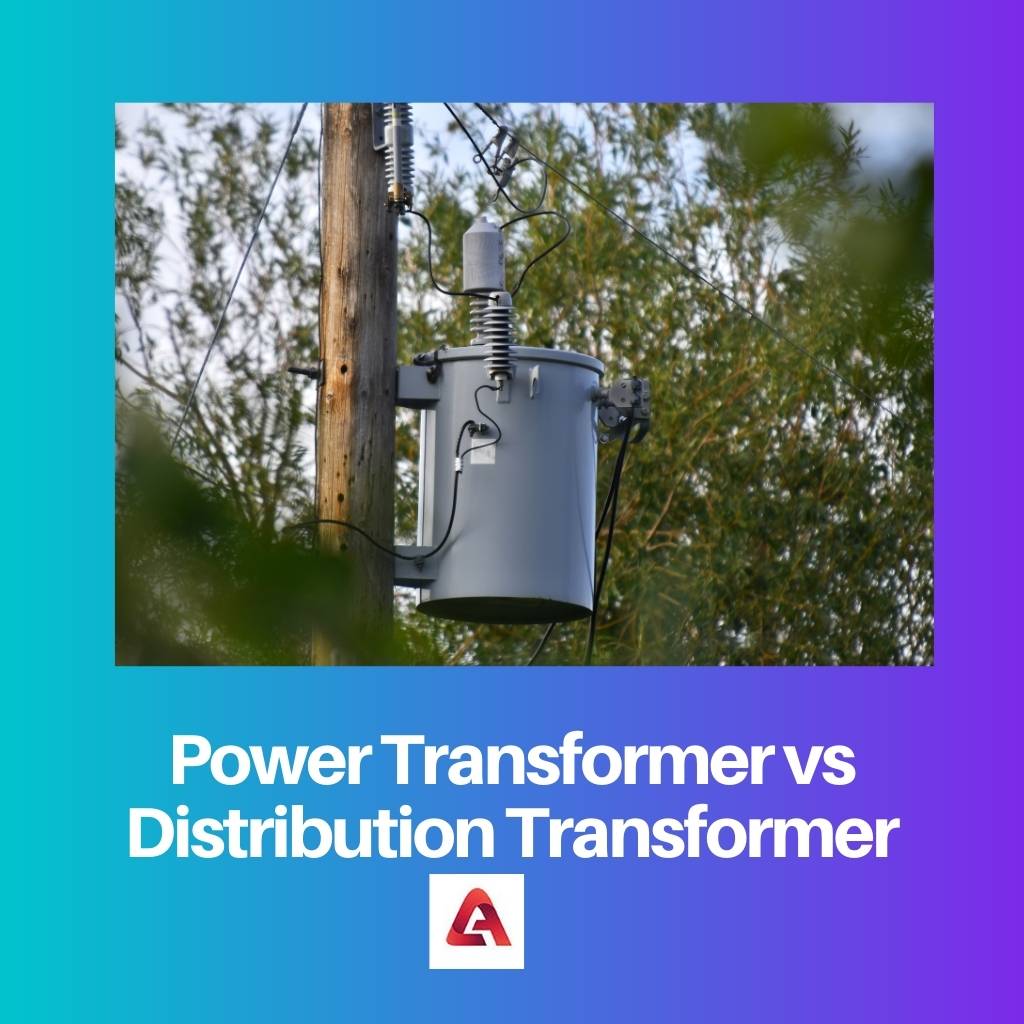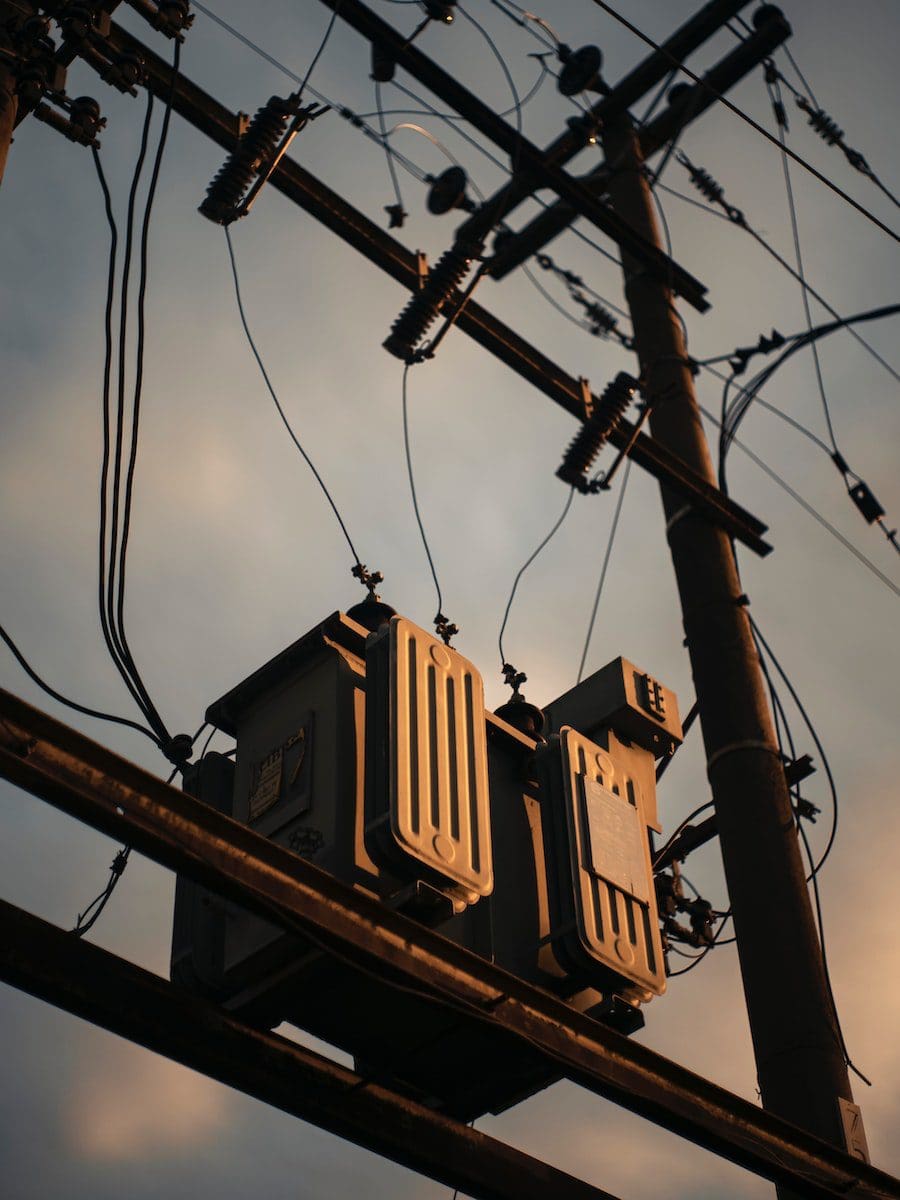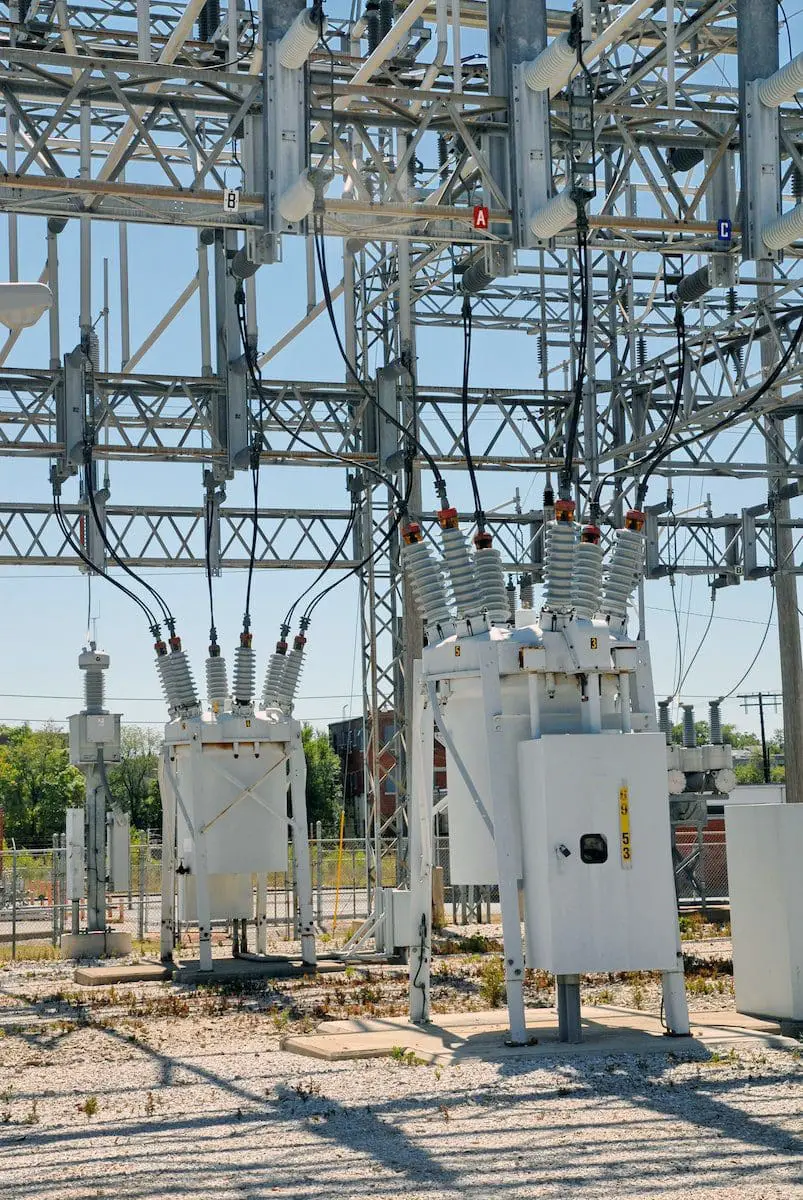The transformer is mainly a passive electrical element that helps reduce or increase a circuit’s voltage level. Transformers are very useful in electricity distribution services as well as in industries.
There are many types of transformers used as per the condition required. Transformers are used from toys to large industrial machines. So here are two types of transformers discussed. Here are some basic differences between a power transformer and a distribution transformer
Key Takeaways
- Power transformers are used in transmission networks, while distribution transformers are used in distribution networks.
- Power transformers have a higher power rating, above 200 kVA, while distribution transformers have a lower power rating, below 200 kVA.
- Power transformers are designed for high-voltage applications, while distribution transformers are for lower-voltage applications.
Power Transformer vs Distribution Transformer
Power transformers are devices designed to transfer electricity with high voltage over long distances, from a power plant to a substation. Distribution transformers are used to transfer electricity over shorter distances and at lower voltages, within a neighbourhood.

Power transformers are high-capacity transformers that are used in high-voltage areas of work. They have a high tolerating capacity with fewer iron and copper losses. These are very large in comparison to other transformers.
They are mainly used for industrial purposes to control high-tenacity voltages. They work on full load rating with minimal load fluctuations; this high quality of the transformer is the main reason to be there in industries.
Distribution transformers are small transformers in comparison to power transformers. These are used in electricity distribution networks. They are used in the last stage of the distributing system.
They step down the voltages that are to be supplied to the customers. They are normally used on poles or underground.
Comparison Table
| Parameters of Comparison | Power Transformer | Distribution Transformer |
|---|---|---|
| Purpose | Used in the transmission of high step up and step down voltages | Used in the transmission of lower voltage distribution networks for end-user connectivity |
| Rating | Higher than 200 MVA | Lower than 200 MVA |
| Metal Losses | It is very less as it does not have any direct contact with customers | It is very high due to load differences due to end-user connectivity |
| Transformer size | Larger in comparison to distribution transformer | Smaller in comparison to a power transformer |
| Uses | Power generation stations and transmission substations | Industrial and domestic power distribution |
What is Power Transformer?
Power transformers are high-capacity transformers that are used in high-voltage areas of work. They have a high tolerating capacity with fewer iron and copper losses. These are very large in comparison to other transformers.
They are mainly used for industrial purposes to control high-tenacity voltages. They work on full load rating with minimal load fluctuations; this high quality of the transformer is the main reason to be there in industries.
The power transformer is a three-phase transformer. It has a frequency in the range of 60 Hz to 70 Hz.
The primary voltage of a power transformer is 22.7 kV, and the secondary voltage o the transformer is 6.6 / 3.3kV. So from this rating, it is clear that it is used as a step-down transformer. Step down transformer is used to lower the output voltage and increase the output current.
The power transformer also has very few copper and iron losses. It is due to the reason that it does not have any direct connection with the customers or it is not at the end-user. It is mainly used in industries, power generation stations, and transmission substations.
Here the voltage is stepped down and then provided to the distribution transformers for further stepping down and distribution of current.

What is Distribution Transformer?
Distribution transformers are small transformers in comparison to power transformers. These are used in electricity distribution networks. They are used in the last stage of the distributing system.
They step down the voltages that are to be supplied to the customers. They are normally used on poles or underground.
These transformers are mainly used in the end-user area. That is, after this transformer, the output current and voltages are directly supplied to the customers. So due to this reason, the copper and iron losses of these transformers are higher.
There are many types of distributing transformers based on the insulating material between the coils, the phases, etc. based on the insulating material. The transformers are classified into liquid and dry forms.
On the basis of the phases, the transformers are classified as three-phase and one-phase transformers.
The power rating of distributing transformers is lower than 200 MVA. They are also smaller in size in comparison to power transformers. They are fixed on poles and also on the ground.
Their main work is to step down the voltage and increase the current and supply it to the consumers. These are mainly used in the electricity distribution system.

Main Differences Between Power Transformer and Distribution Transformer
- The power transformer is used in the transmission of high step-up and steps down voltages, and the distribution transformer is used in the transmission of lower voltage distribution networks for end-user connectivity.
- The power rating of the power transformer is higher than 200 MVA. On the other hand, the power rating of the distributive transformer is lower than 200 MVA.
- Metal losses of the Power transformer are very less as it does not have any direct contact with customers, but the metal loss in the distribution transformer is very high due to load differences due to end-user connectivity.
- The power transformer is larger compared to the distribution transformer, and the distribution transformer is smaller than the power transformer.
- The power transformer is used mainly in power generation stations and transmission substations, whereas the distribution transformer is mainly used in industrial and domestic power distribution.




